On April 11th 1945, the Langenstein-Zwieberge Concentration camp in Germany was liberated by the US Army 8th Armored Division, 83rd Infantry Division. Eddie Willner, an 18-year old Jewish German, who had survived numerous concentration camps including Blechhammer, Gross-Rosen and Buchenwald, was marched out of the camp on April 9th along with 3,000 prisoners considered well enough to work.
After three days of night marches and frequent strafing by the US Air Force, Eddie Willner and Dutch friend Mike Swabb took advantage of an air raid to make their escape. Though wounded by a guard dog that they killed, they managed to get away. The other four prisoners who attempted to escape at the same time were killed or captured and executed.
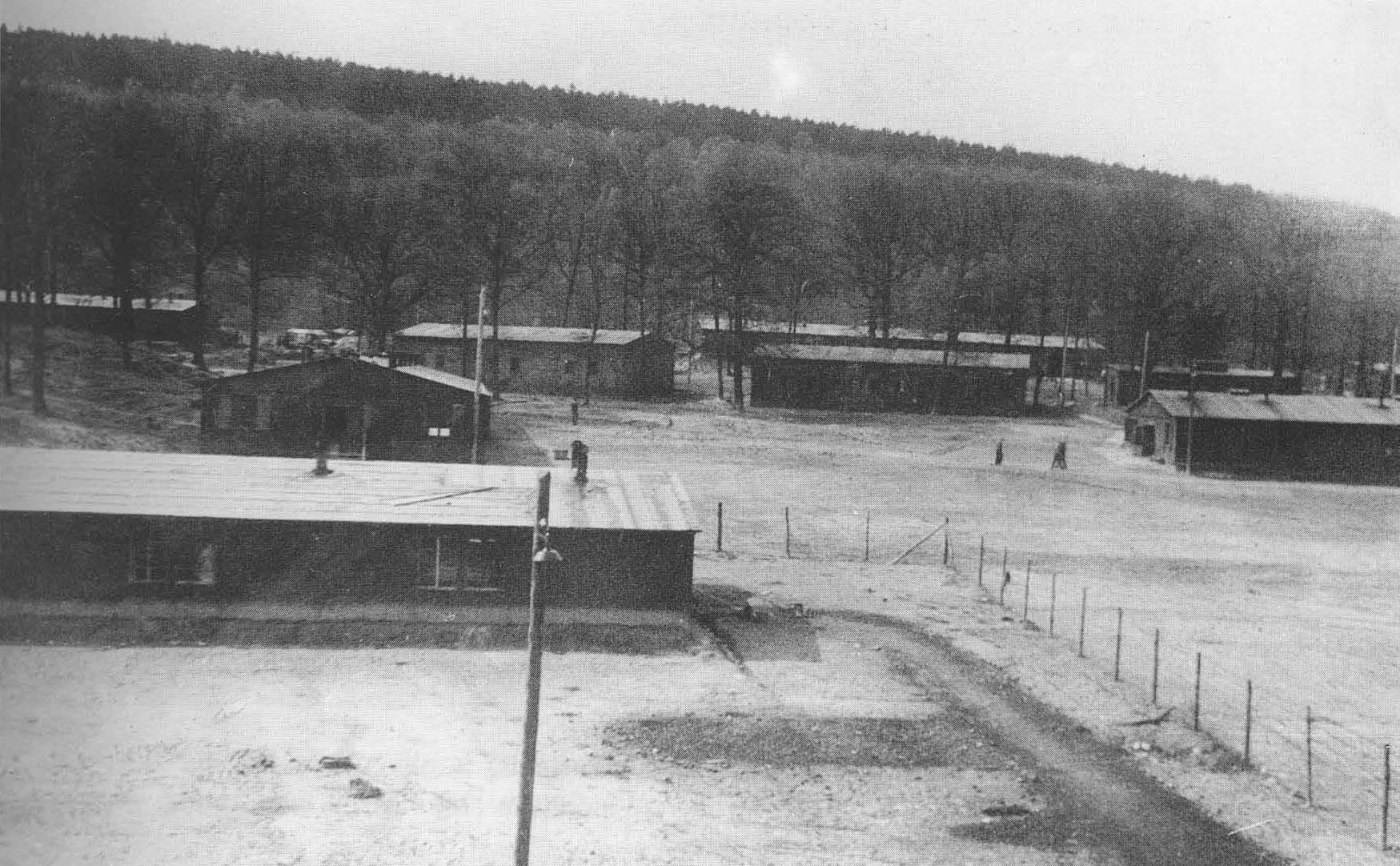
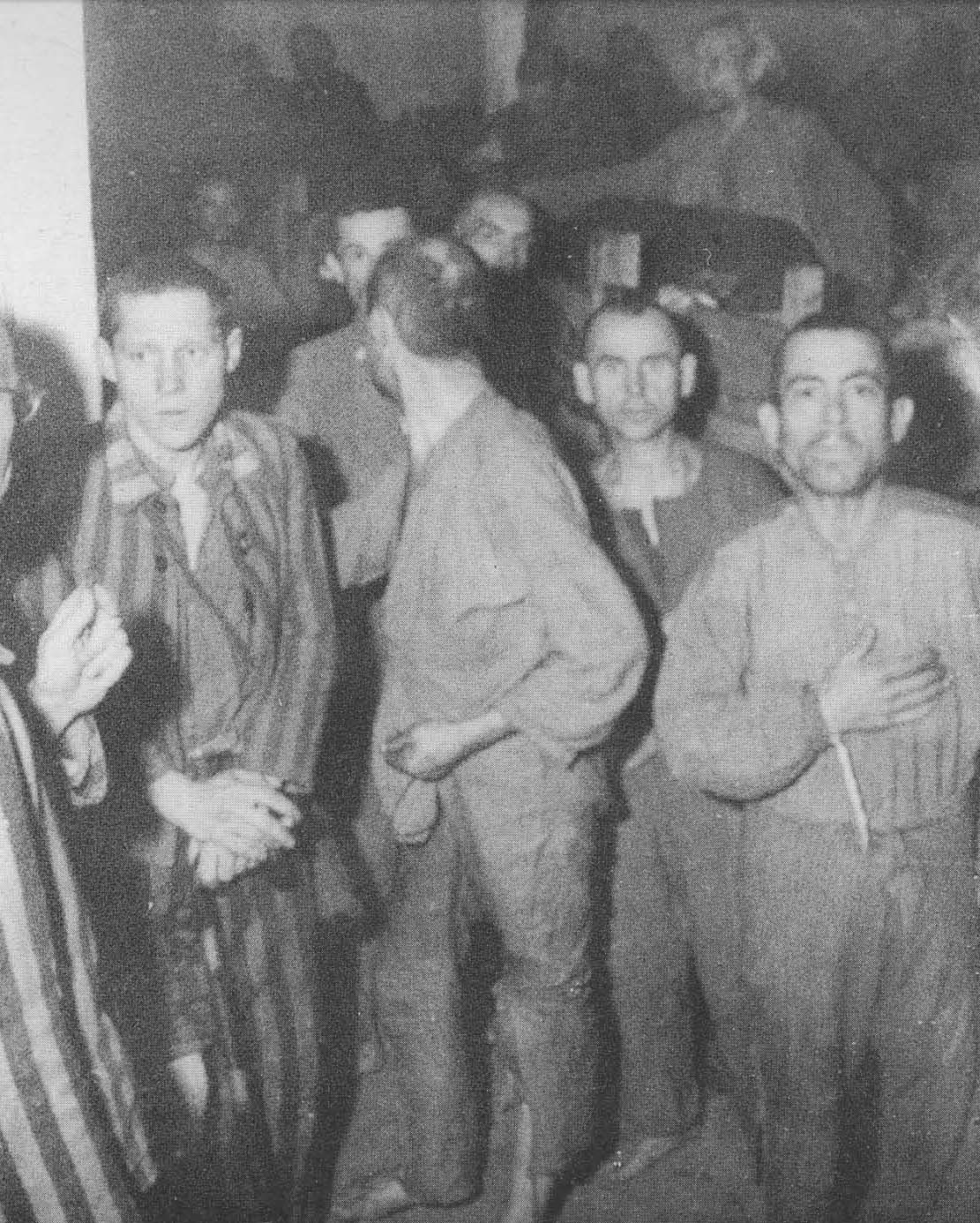
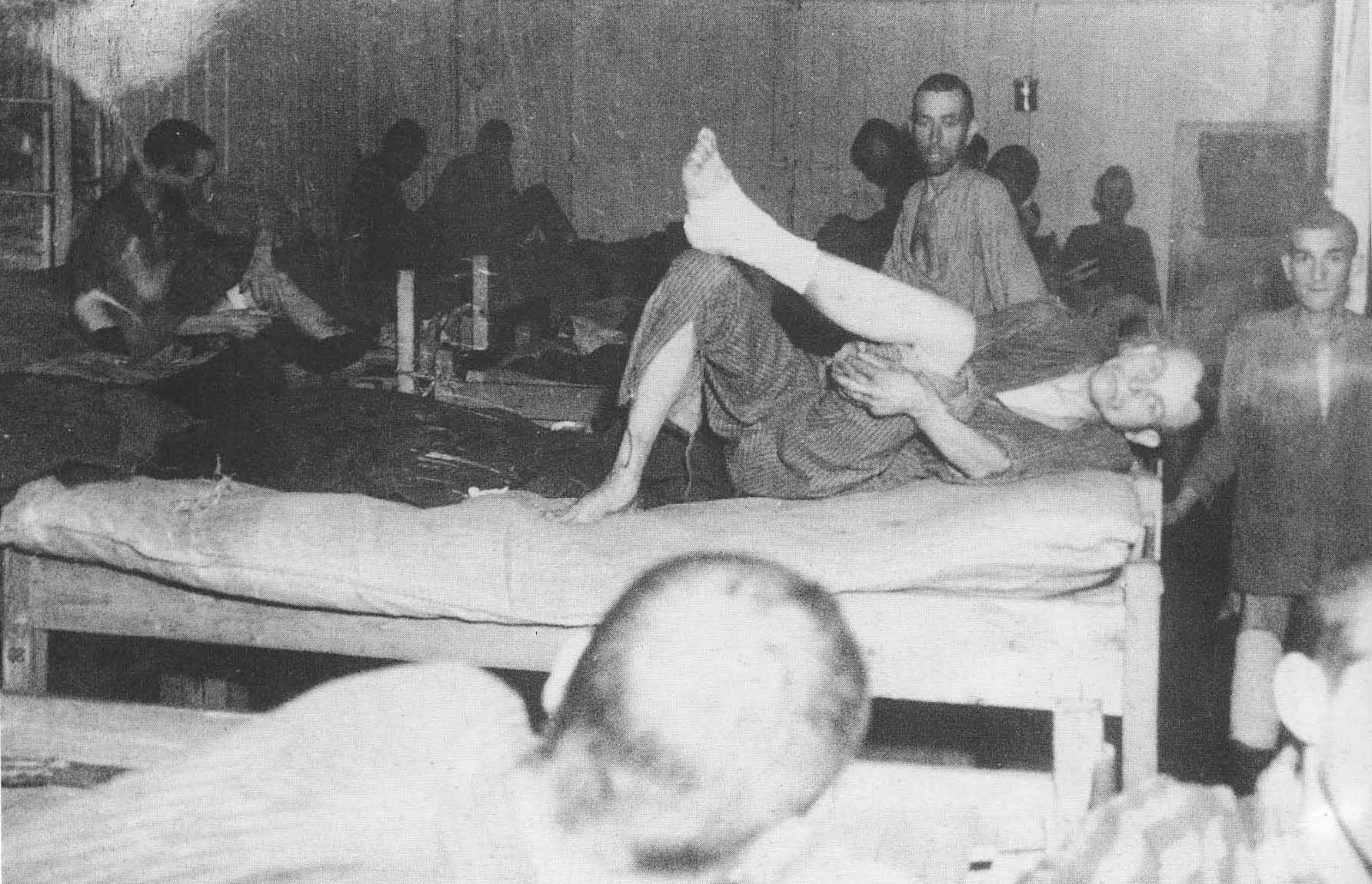
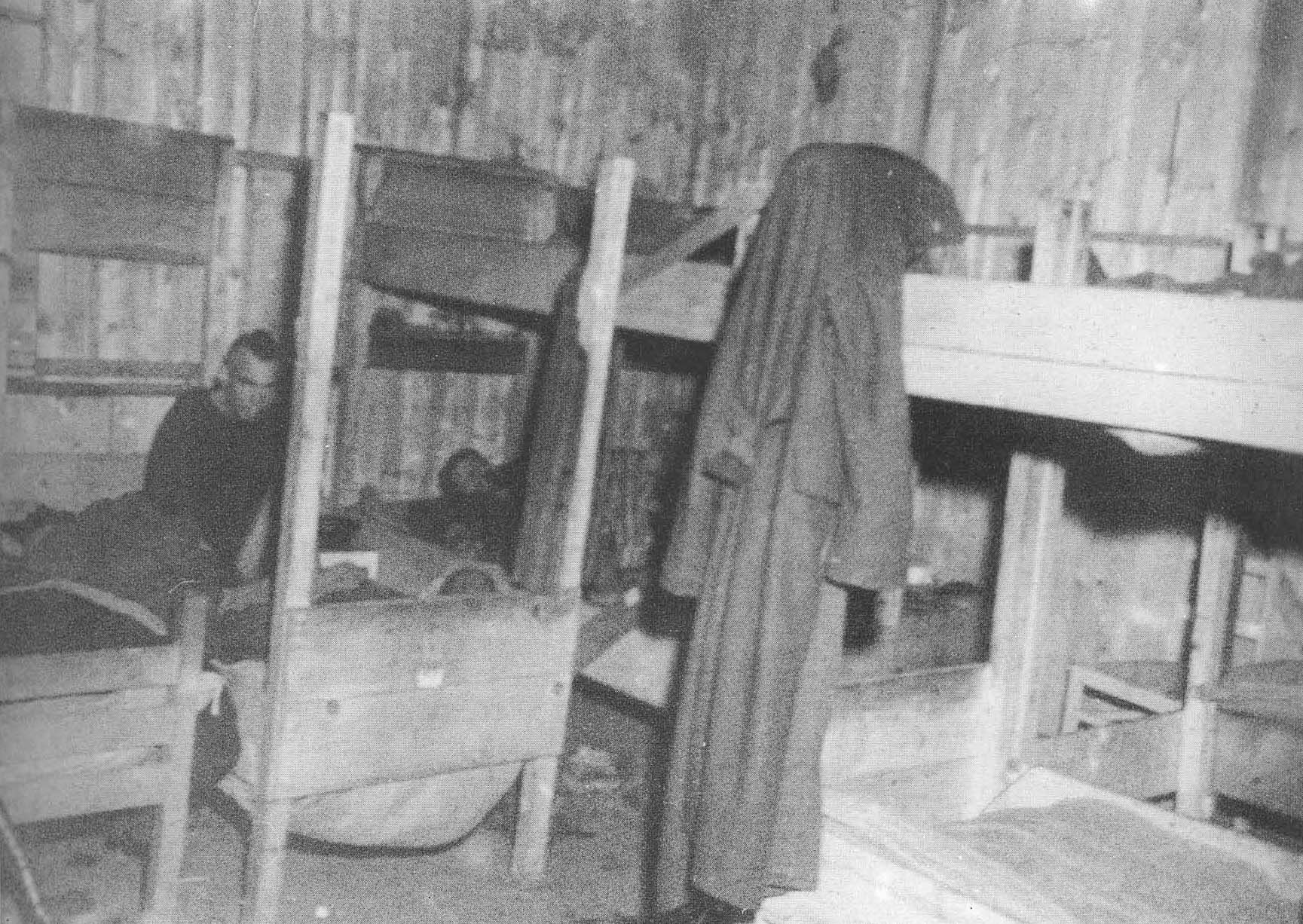
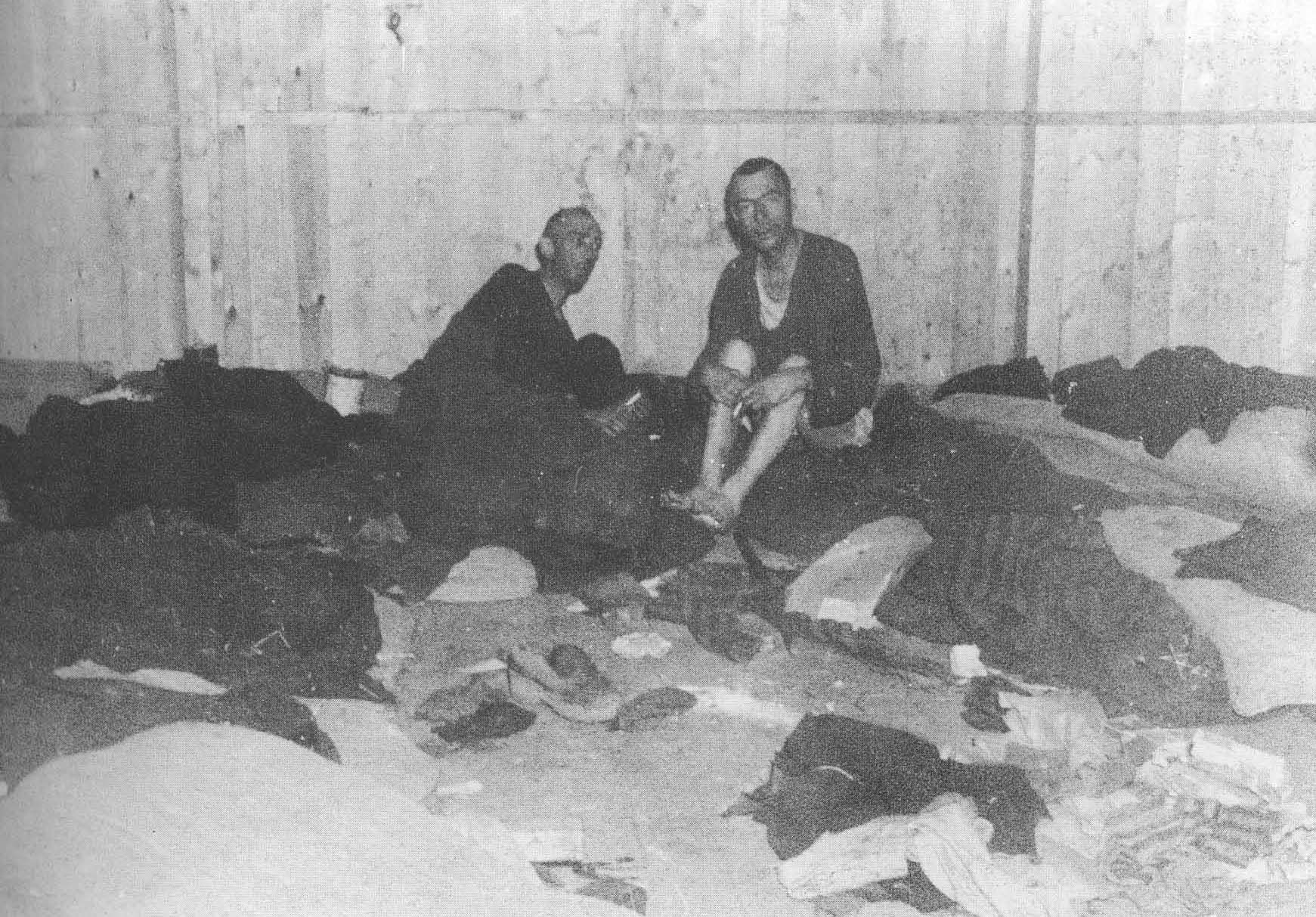
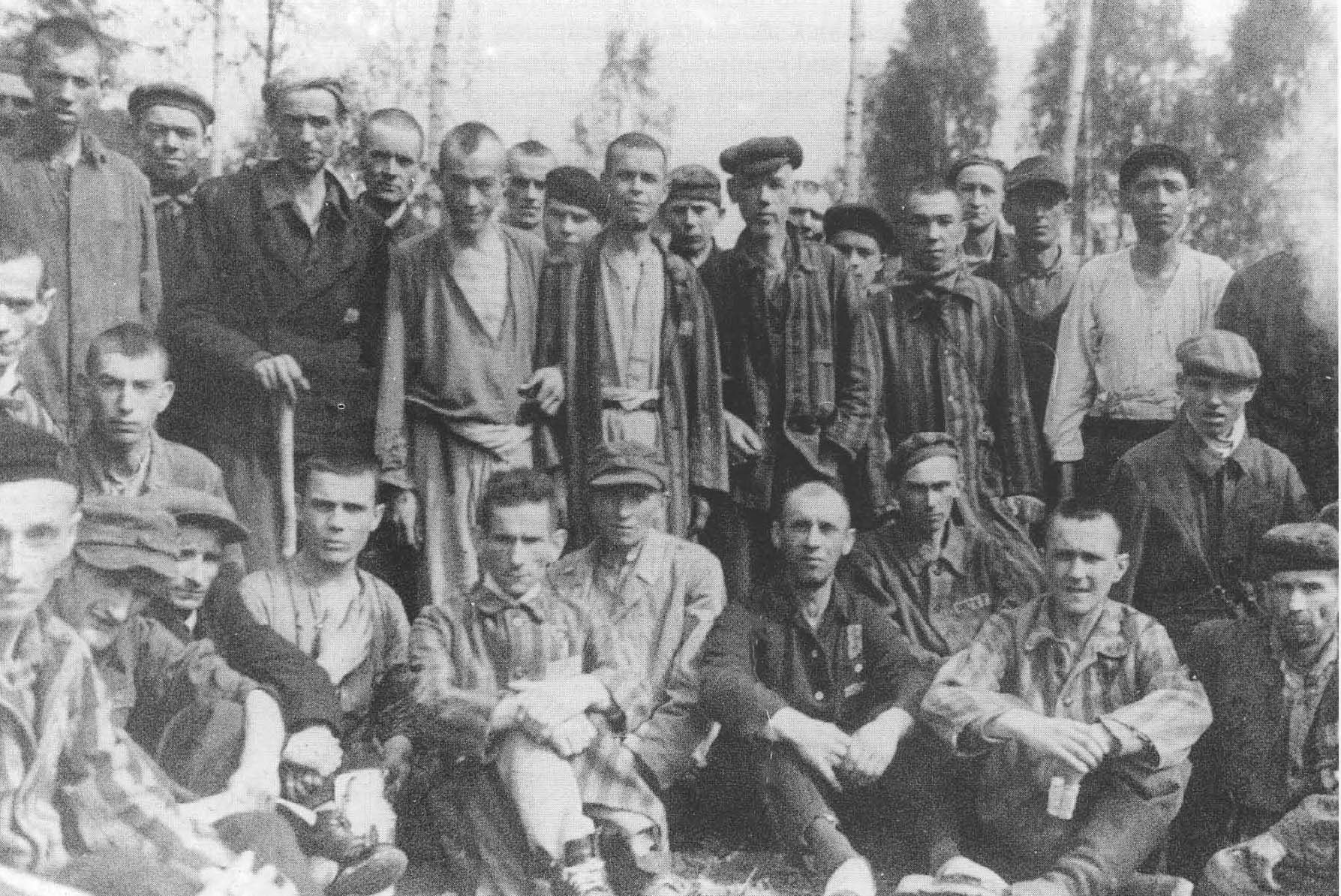
Eddie Willner arrives at Langenstein-Zwieberge concentration camp from Buchenwald camp on February 18th 1945. He and his friend Mike Swabb whom he has known from Blechhammer concentration camp sleep on the floor of the Jewish barracks often fighting for space to lie down. Conditions in the camp as Allied Forces approach are abominable with disease, starvation and suicide commonplace. The prisoners work in the Nazi "Malachit" program digging tunnels in the Harz Mountains to house the secret Junkers turbo jet construction project. 140 kms of immense tunnels able to house trains are completed at a huge cost in human life. Prisoners die in tunnel blasts, from physical exhaustion and SS guard brutality and summary executions.
Eddie Willner is put to work in March digging mass graves after lack of fuel shuts down the crematorium. Dead prisoners are stacked outside the barracks each morning. Mass graves containing 500 bodies each are dug outside the perimeter wire.
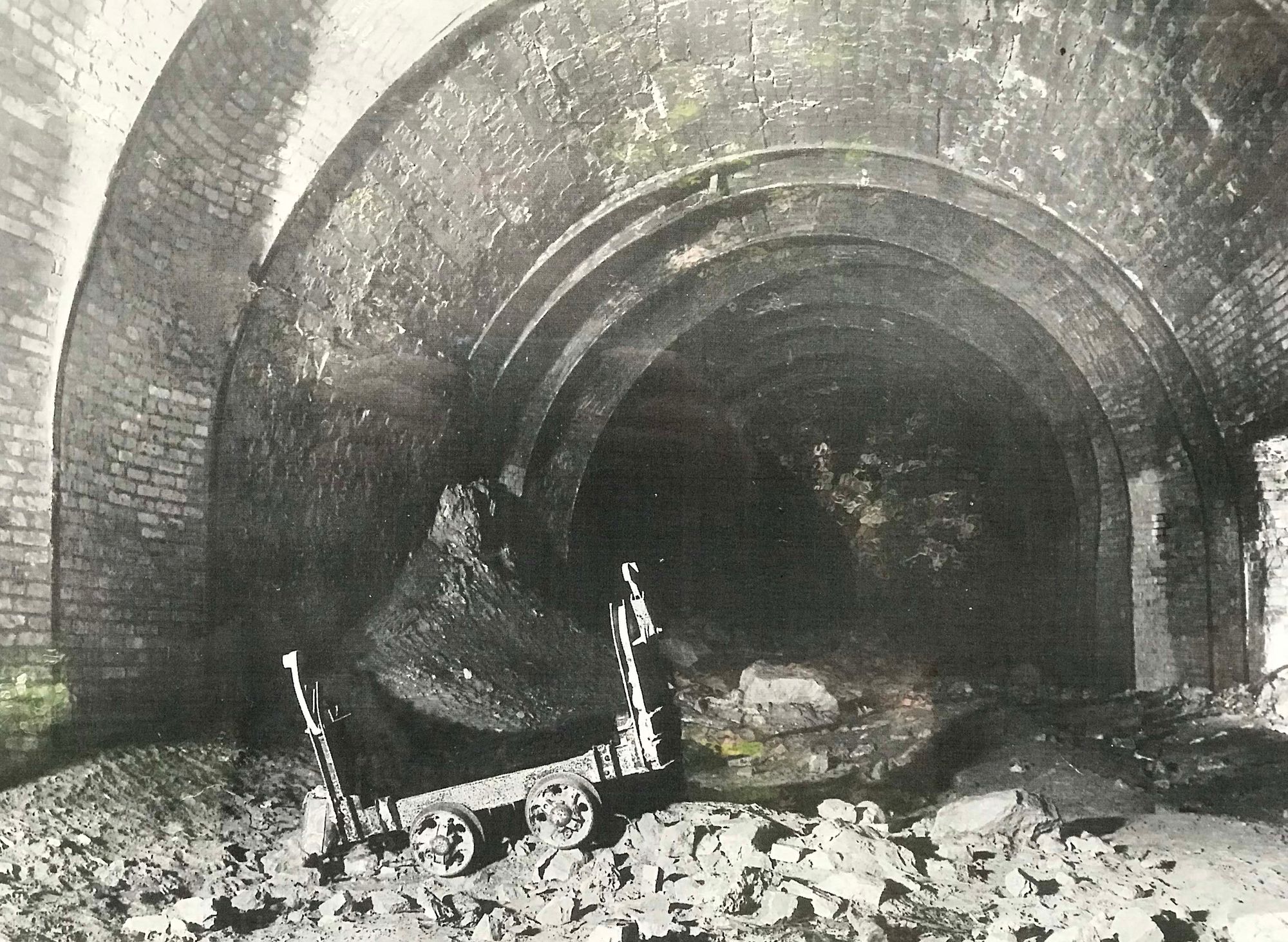
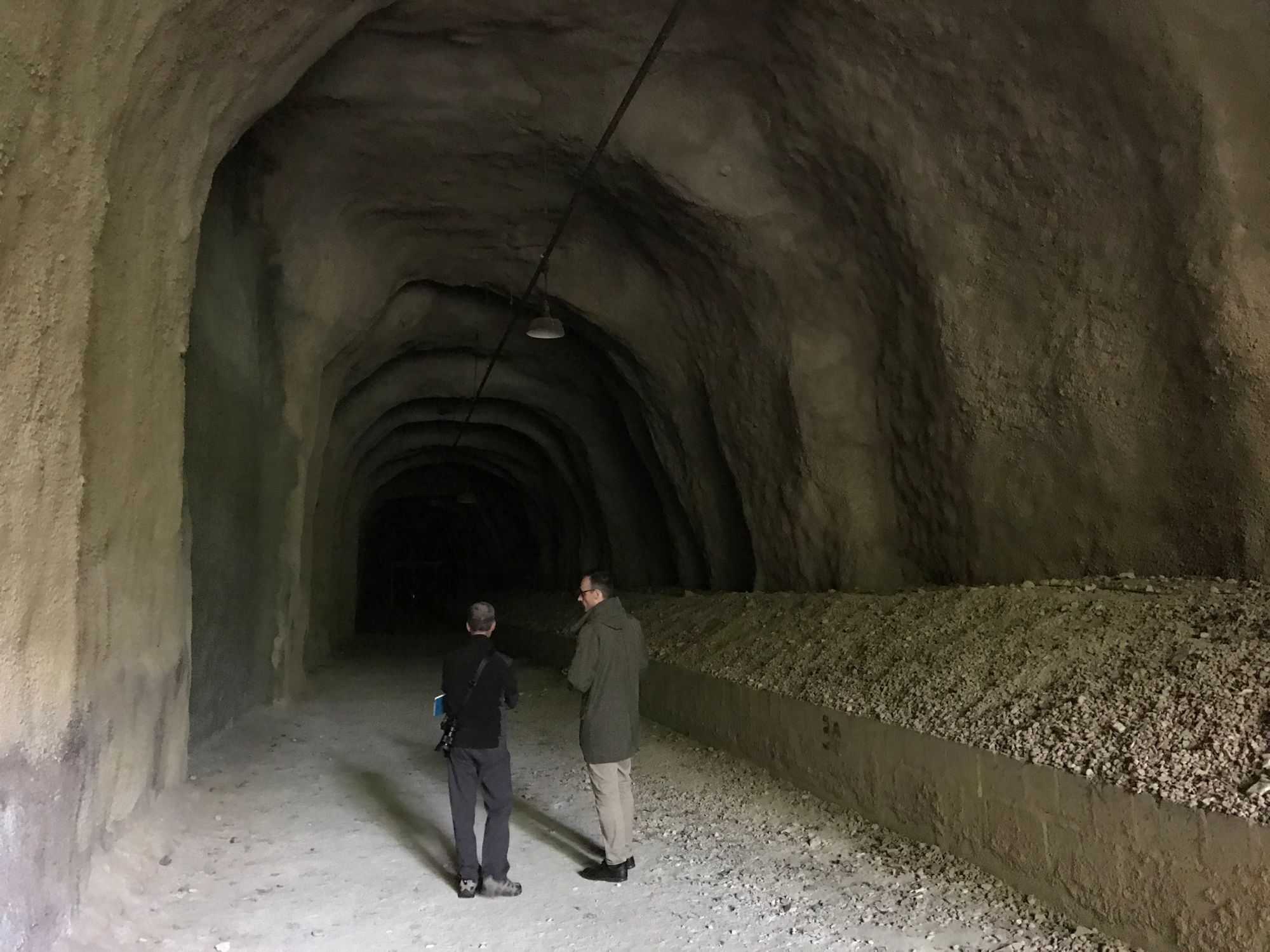
Excerpts of testimony by Eddie Willner of his experiences at Langenstein-Zwieberge Concentration Camp|
"It was really bad there and I experienced many times when they buried actually people who were not dead yet. They might have probably died in a few days anyway. They were so weak, they couldn’t get up anymore. They were just lying on the ground. They couldn’t stand up, or get up on their knees, or anything. So they were picked up, just like that, and people were buried alive."
"One of the things that I see when I wake up from my dreams - I cannot help it, but even over the years it appears somewhat, it is not completely gone. I have to talk about this sight, I have never seen in my life more people to commit suicide than in that particular camp."
"So every morning when we woke up you would find people hanging from the rafters, right over you, right next to you, at the end of the barracks, all over the barracks. It was the most common sight in that particular camp, people hanging themselves."
"Every morning before we had to walk out to go to work, we had to take the people down from the rafters, cut them off, put them on a pile outside the barracks and then that other team would come by and take them to the pits to the mass grave. That was the worst thing in that camp."
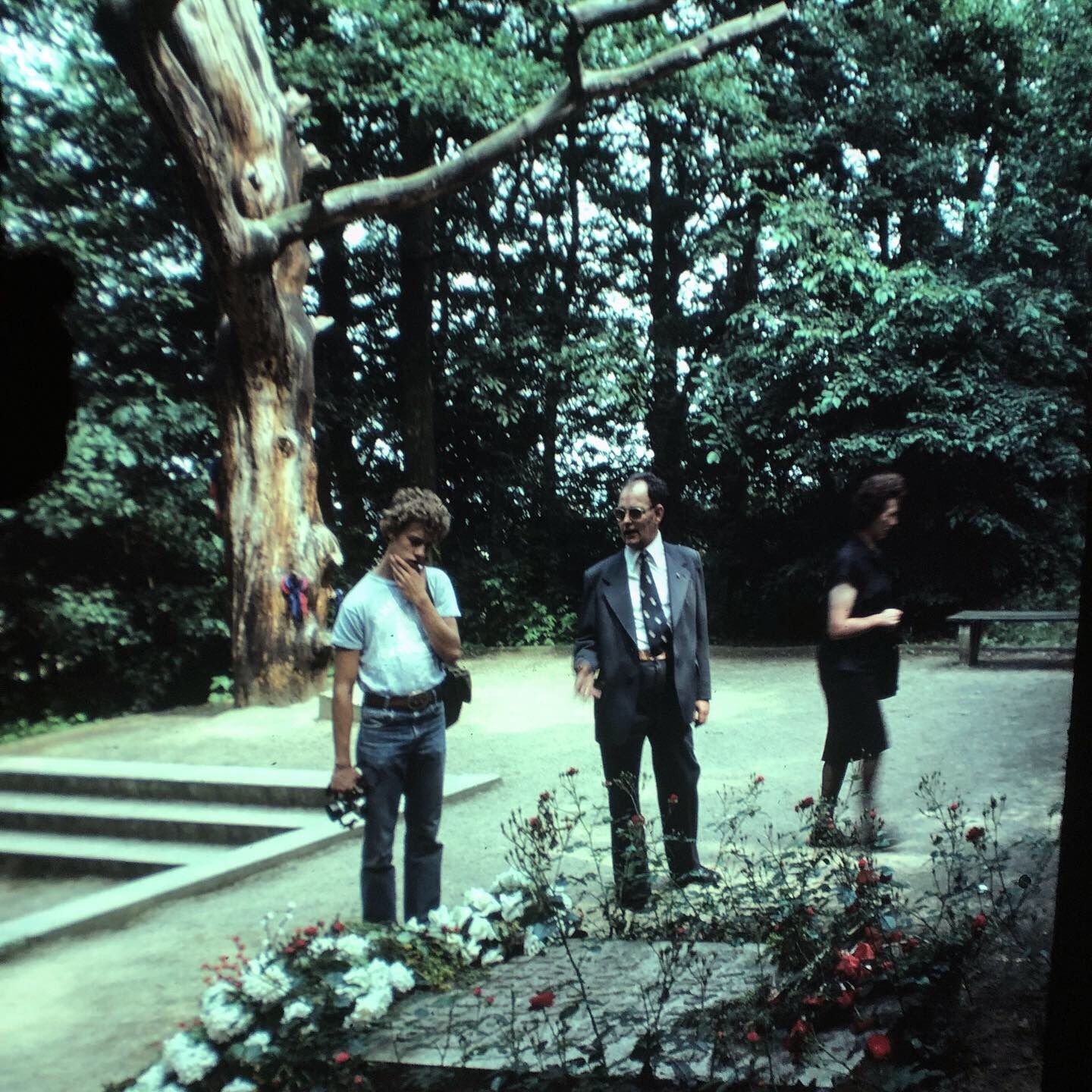
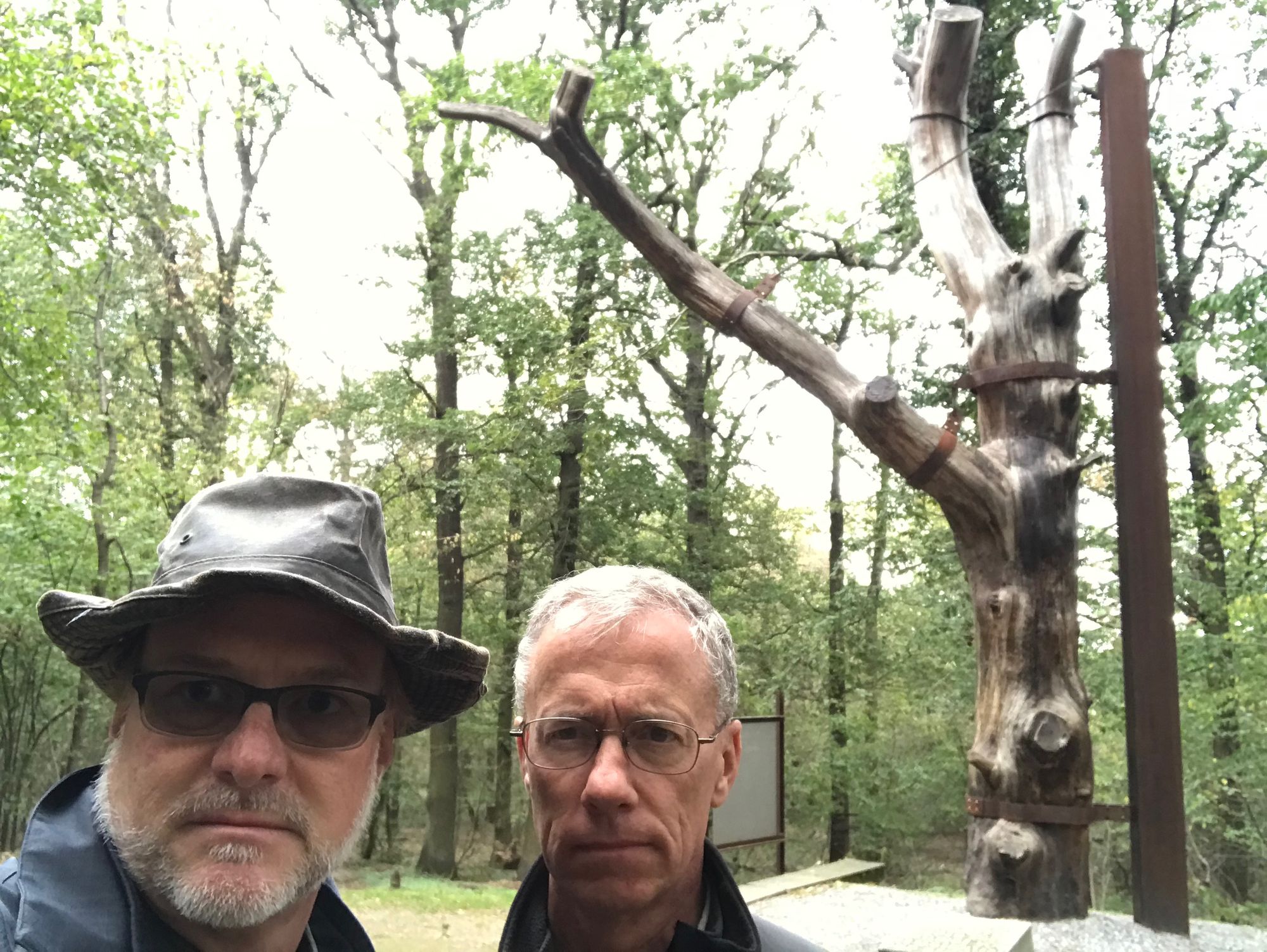
Contemporary scenes from Langenstein-Zwieberge Concentration camp |
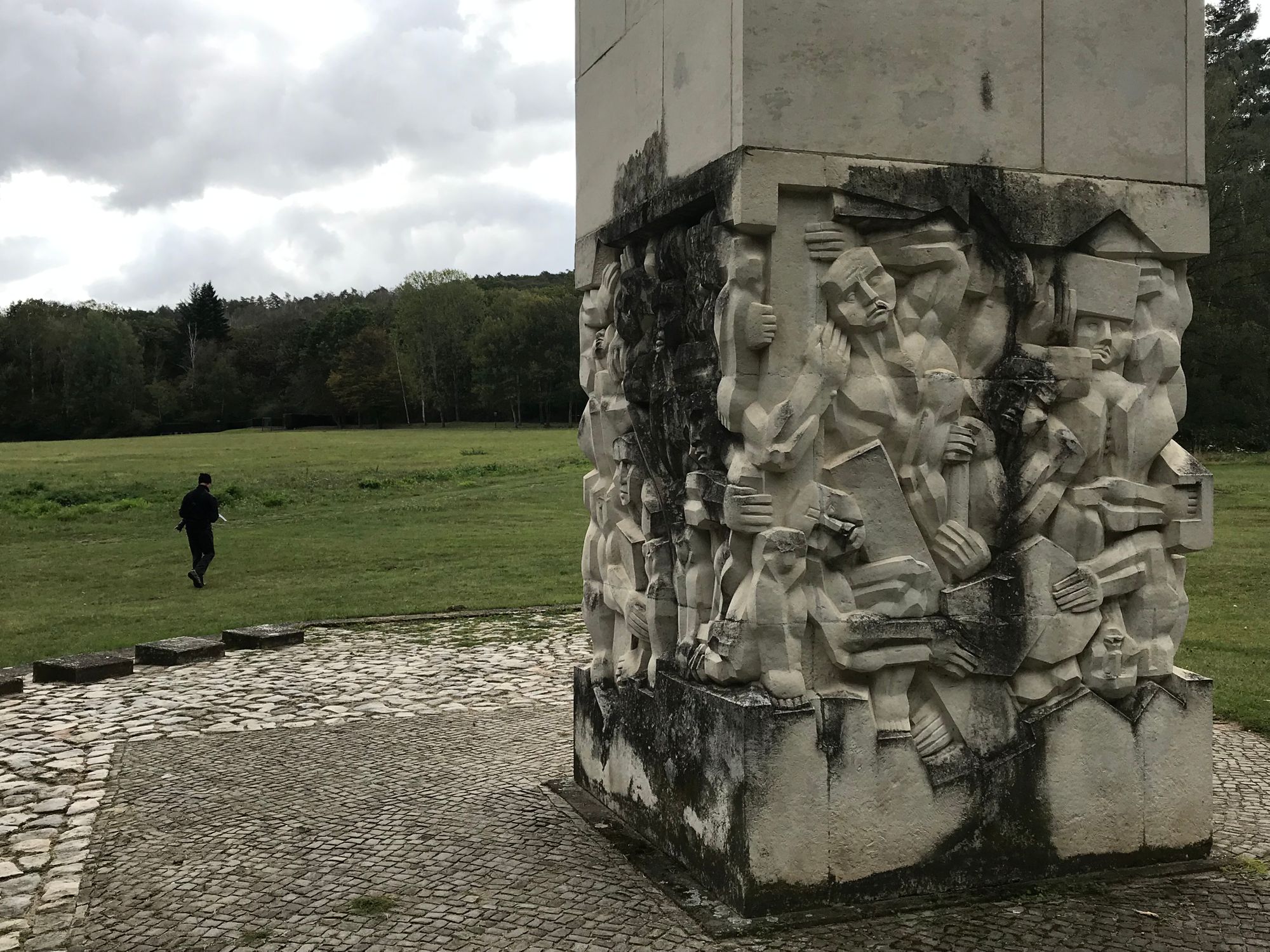
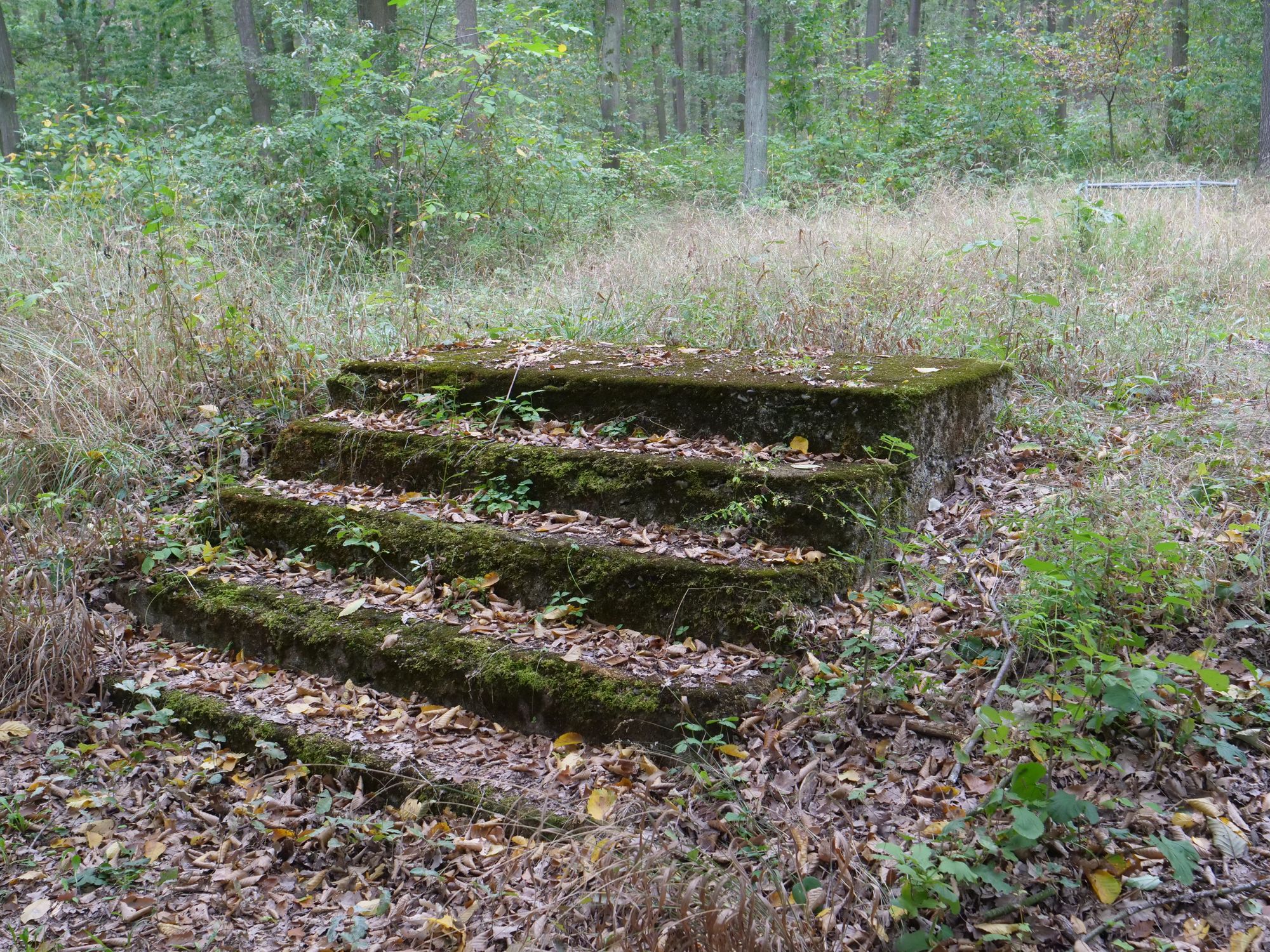
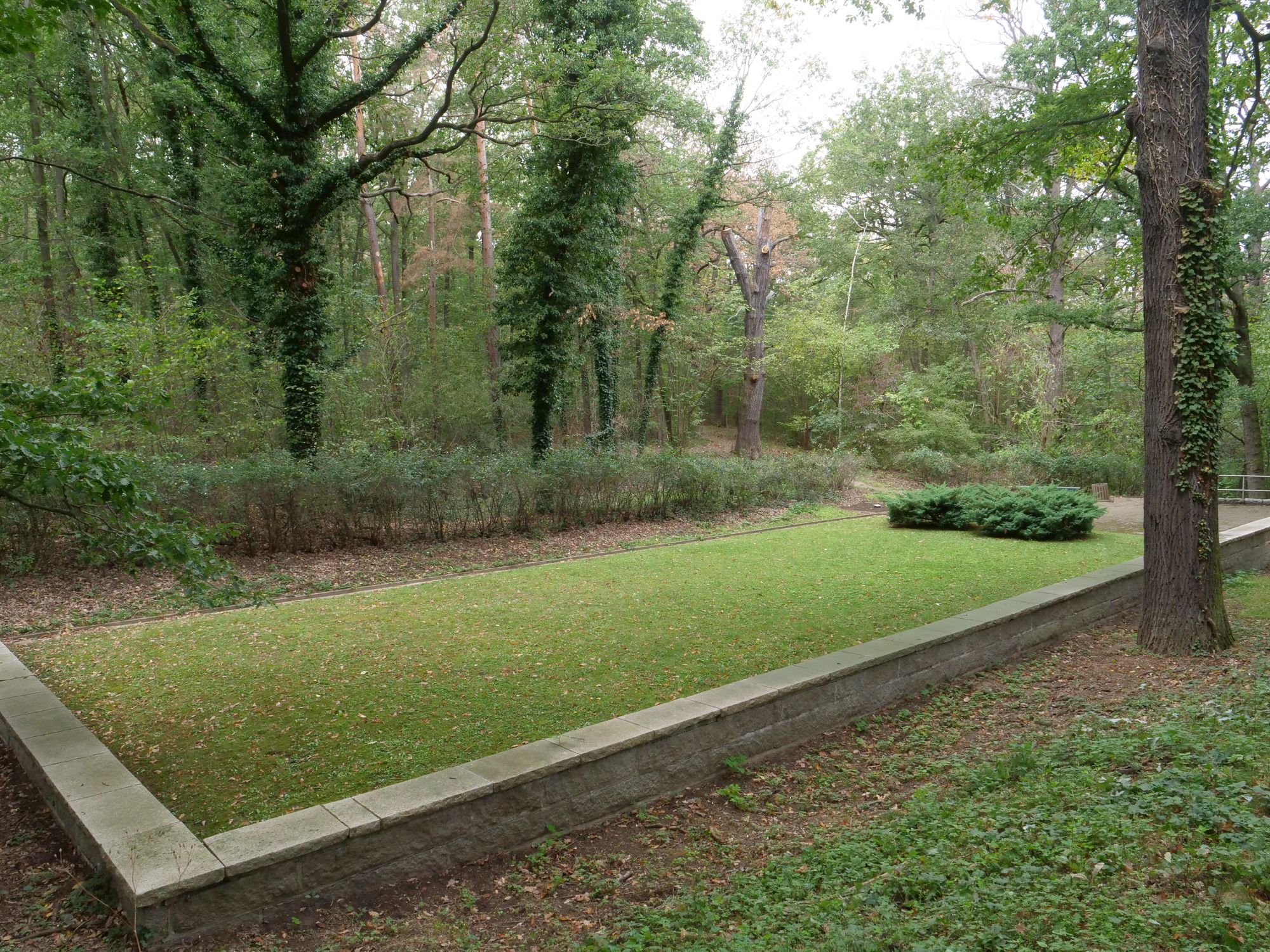
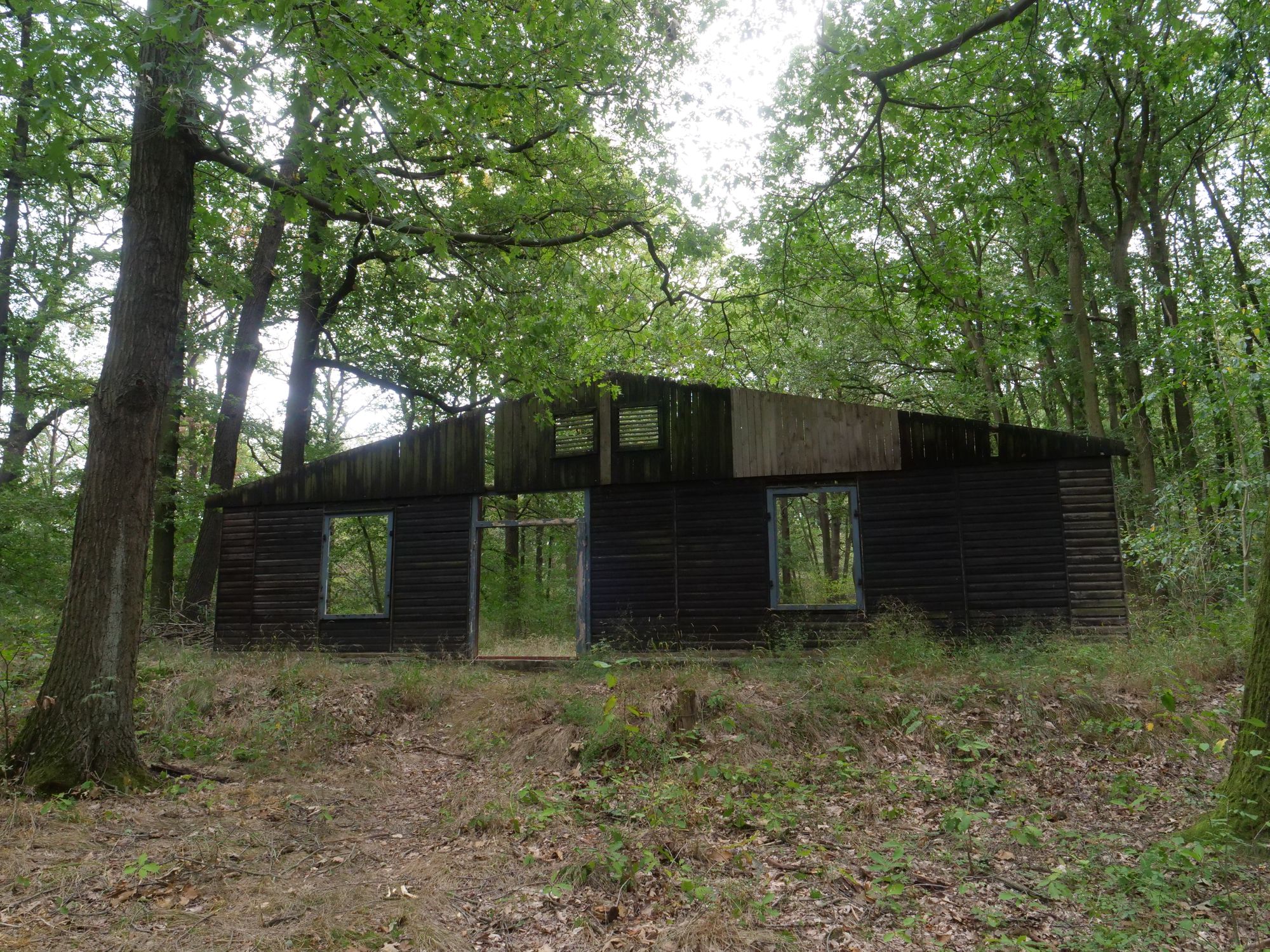
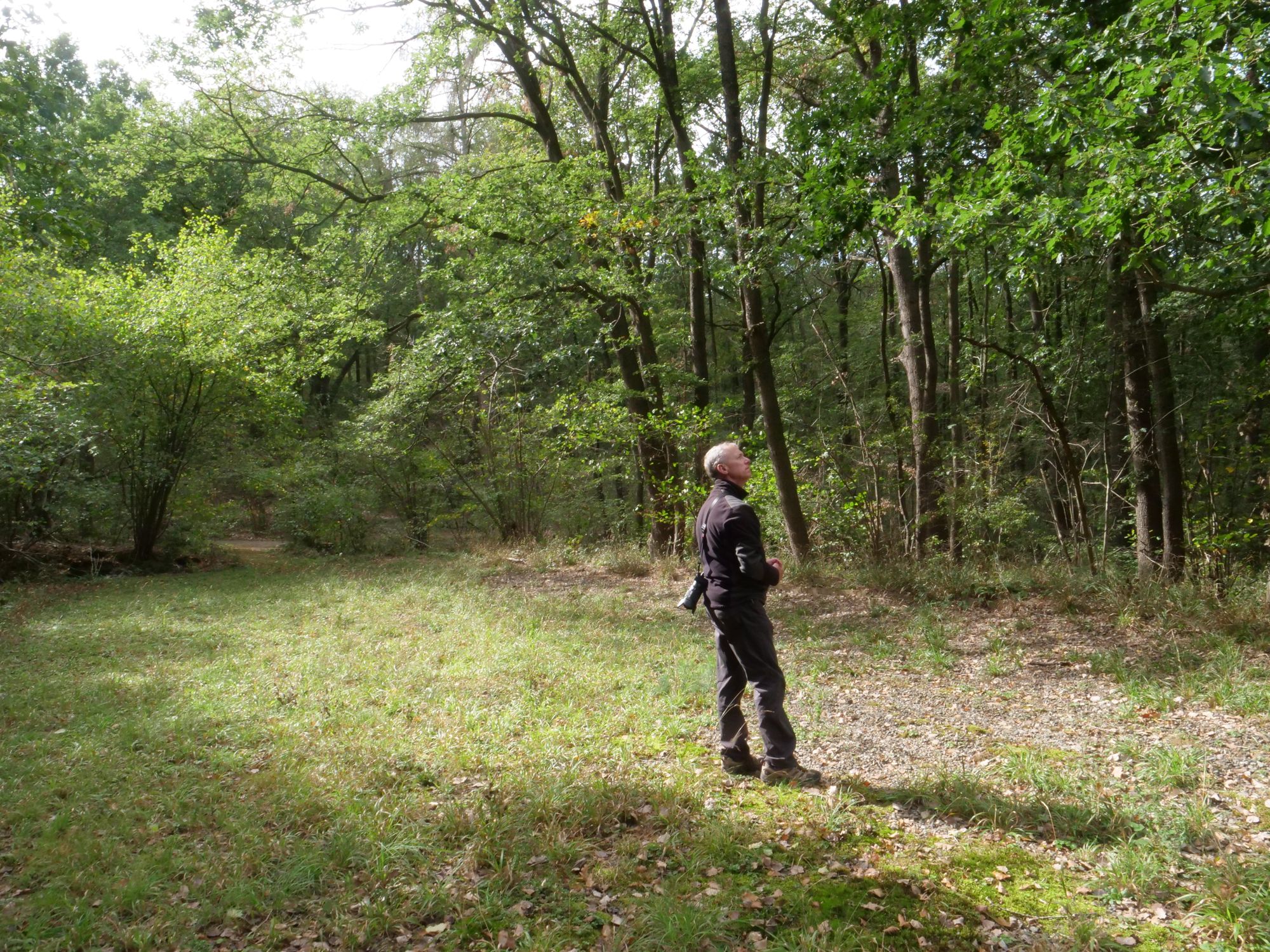
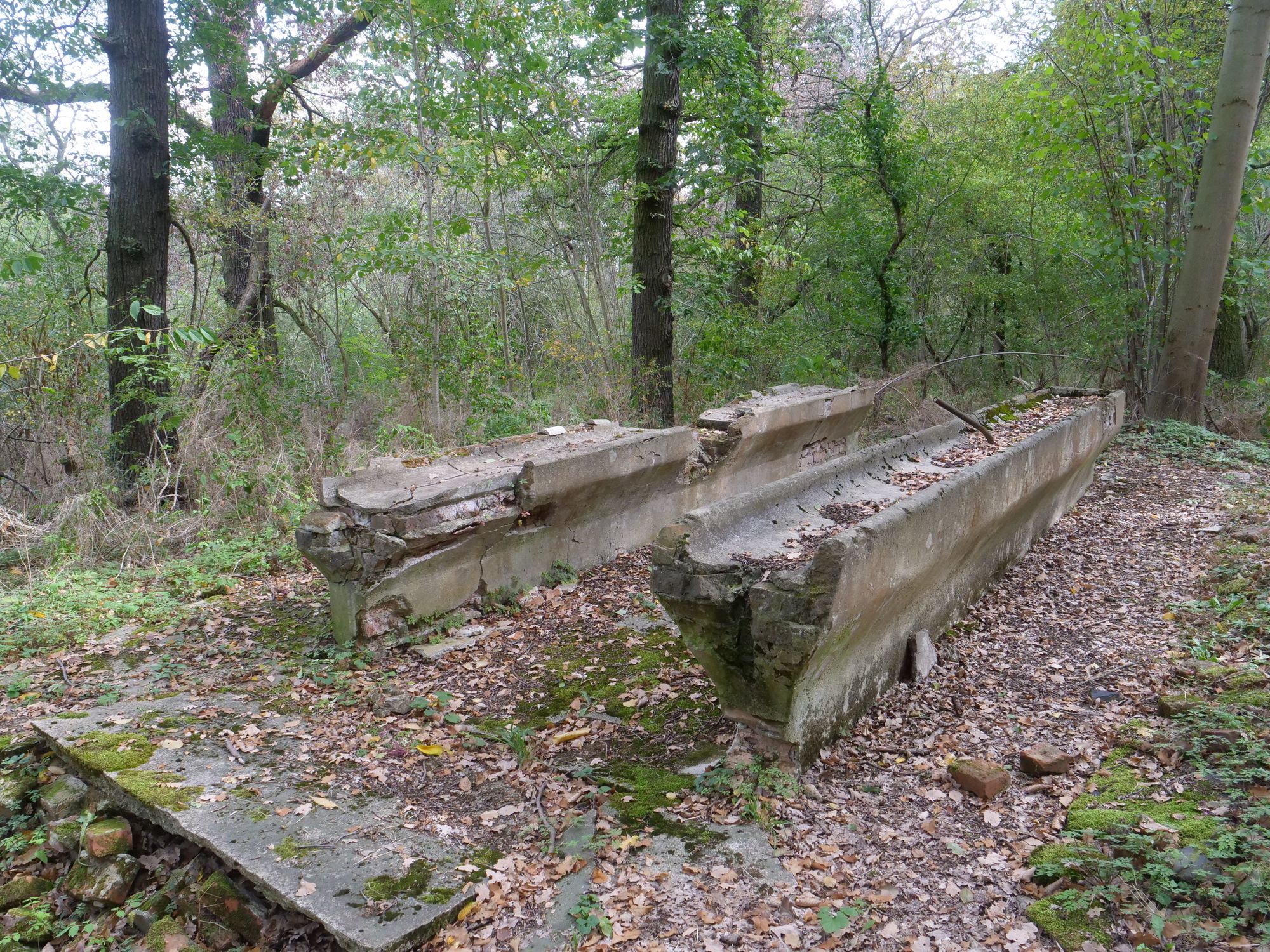
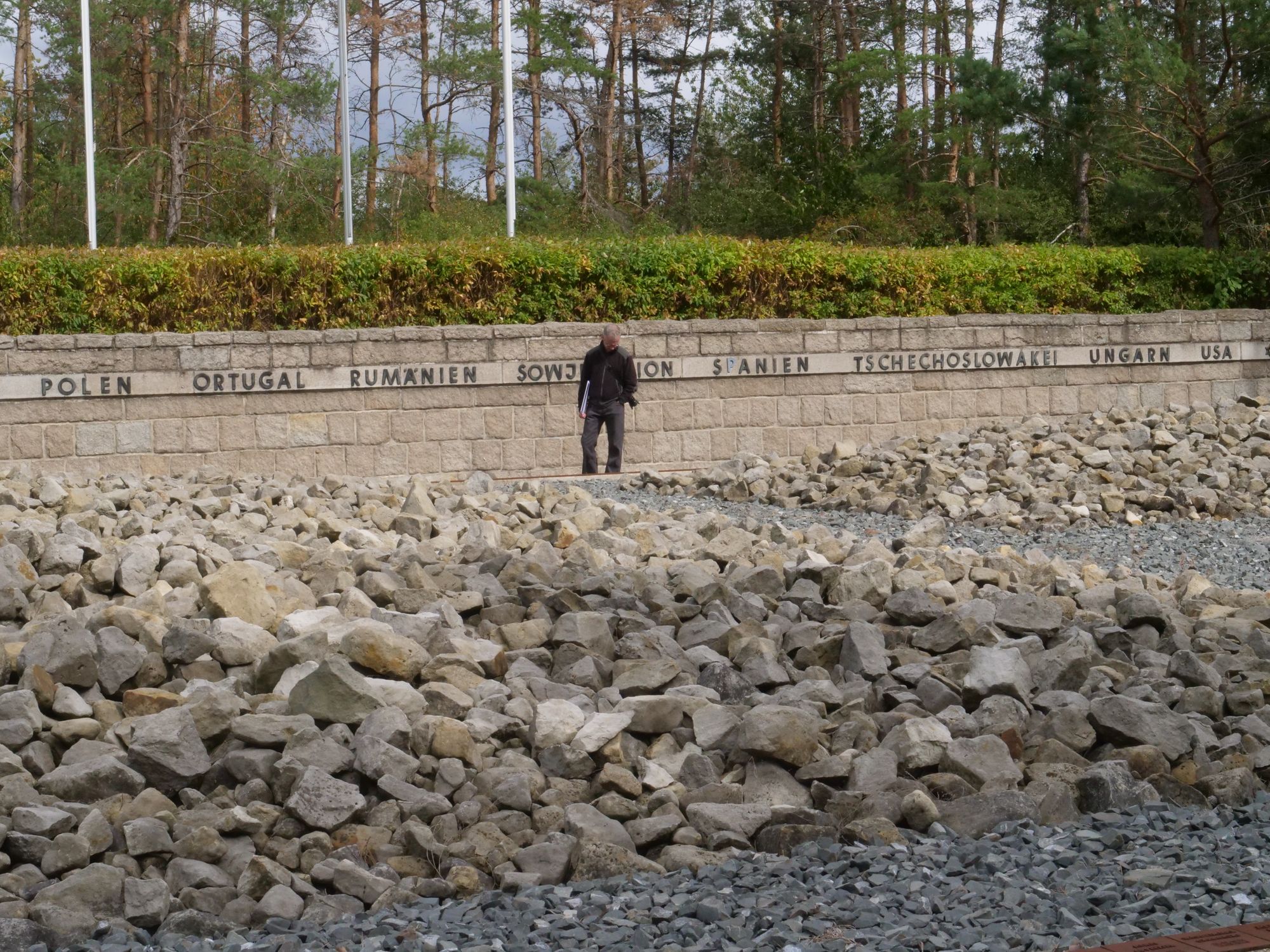
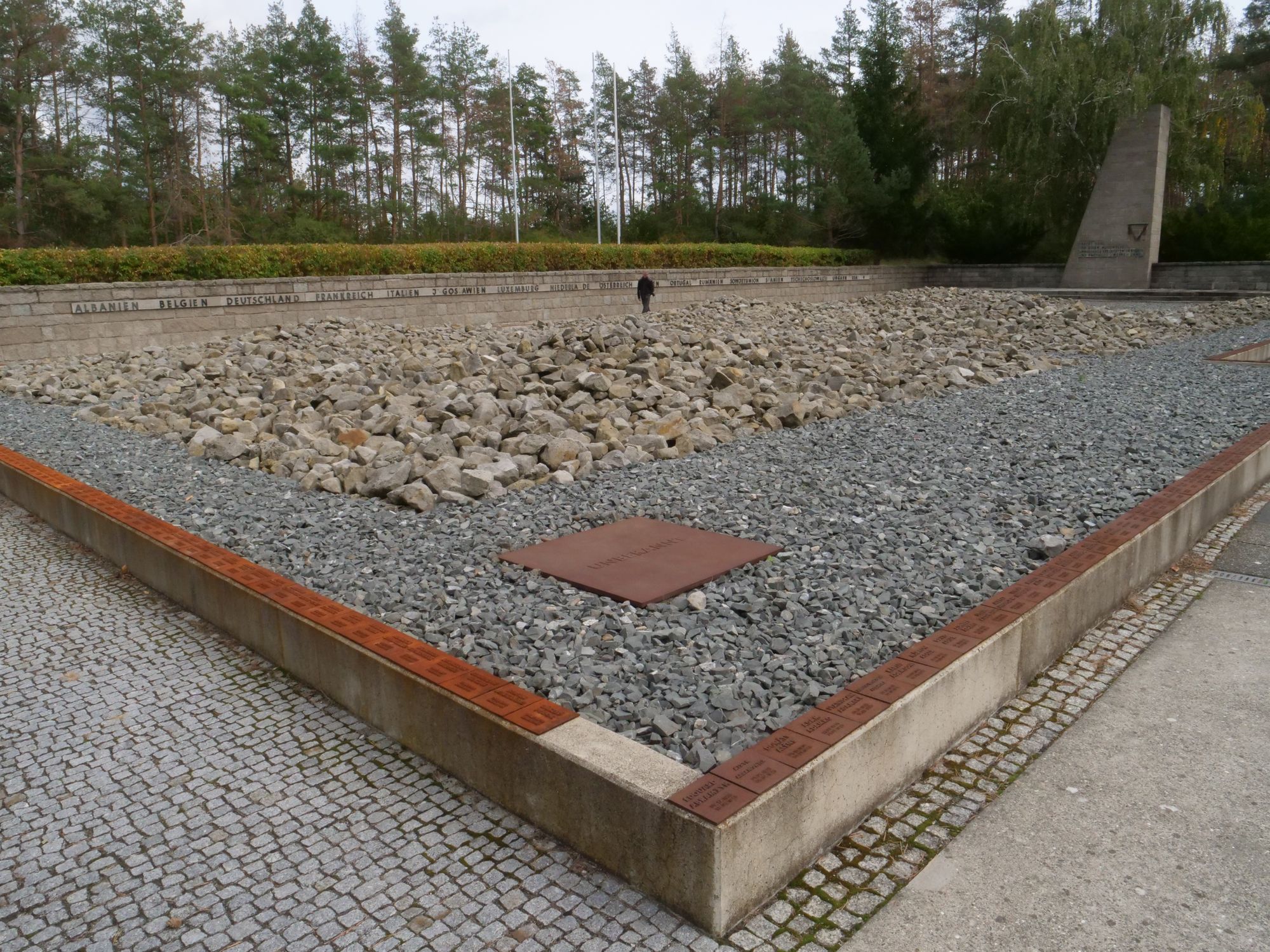
Ceremony on April 11th, 2020 marking the 75th anniversary of the liberation of the Langenstein-Zwieberge Concentration Camp |


